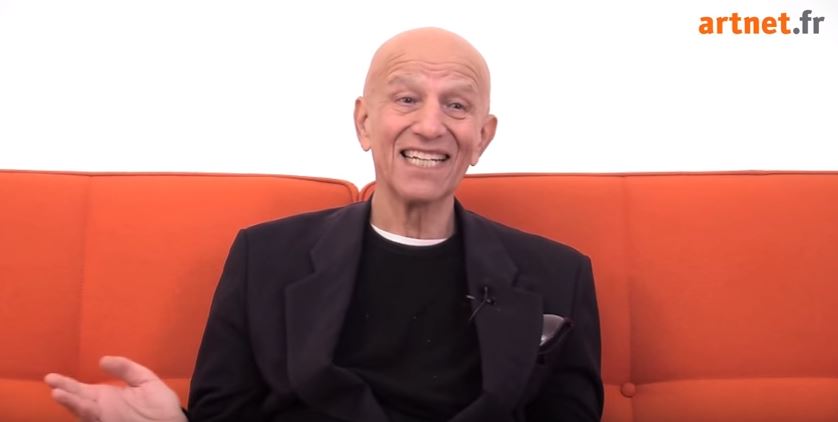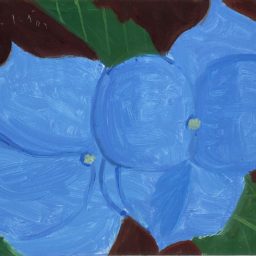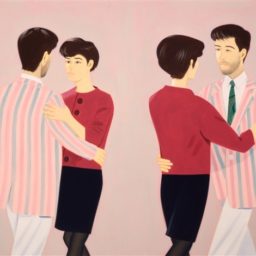

“I thought to be an artist you had to be a genius or something,” Alex Katz tells artnet News in the video interview above. The Brooklyn-born artist first rose to prominence in the 1960s, becoming famous for his representational portraits and landscapes characterized by their simplified forms and colors.
Throughout his career, Katz has had numerous exhibitions worldwide, at institutions such as the Irish Museum of Modern Art in Dublin, the Whitney Museum of American Art in New York (see Does the New Whitney Museum Herald a Golden Age for New York Institutions?), and the Centro de Arte Contemporáneo in Málaga, Spain. He is also the recipient of a Guggenheim Fellowship, and was appointed a member of the American Academy of Arts and Letters.
This year alone, Katz has had his work prominently displayed at the new Whitney Museum, been featured in a solo show at New York-based Gavin Brown’s enterprise (see The Top 10 Booths at Frieze New York 2015), and has had two museum exhibitions, at the Colby Museum of Art in Maine and at the High Museum of Art in Atlanta. He also collaborated with retail giant Barney’s to create a limited-edition collection of black-and-white home goods and gifts.
We wanted to know more about the 87-year old artist, so we sat down with him to talk about his influences, the artists of his generation, and the reason he chose to become an artist in the first place. In this video, he reflects on his experiences as a student at Cooper Union in New York, where the professor held up a hastily made eight-foot painting Katz created of “a woman who looked like an ape,” and proclaimed, “This is the real stuff!”
In a moment of humor, Katz stood up to the class, saying, “This is Crude-ism. I am the master, and you all have to follow me” (See Cooper Union Alumni and Students Strike Back at President’s “State of Cooper Union” Report.)
Rejecting the idea of narrative art, Katz considers his paintings to be realistic, describing himself as a “fancy bohemian.” Despite his success, Katz speaks humbly about his work and becomes emotional when talking about Ada, his muse and wife of over 50 years, who he has been painting since 1958. “Ada was always number one,” he said.







